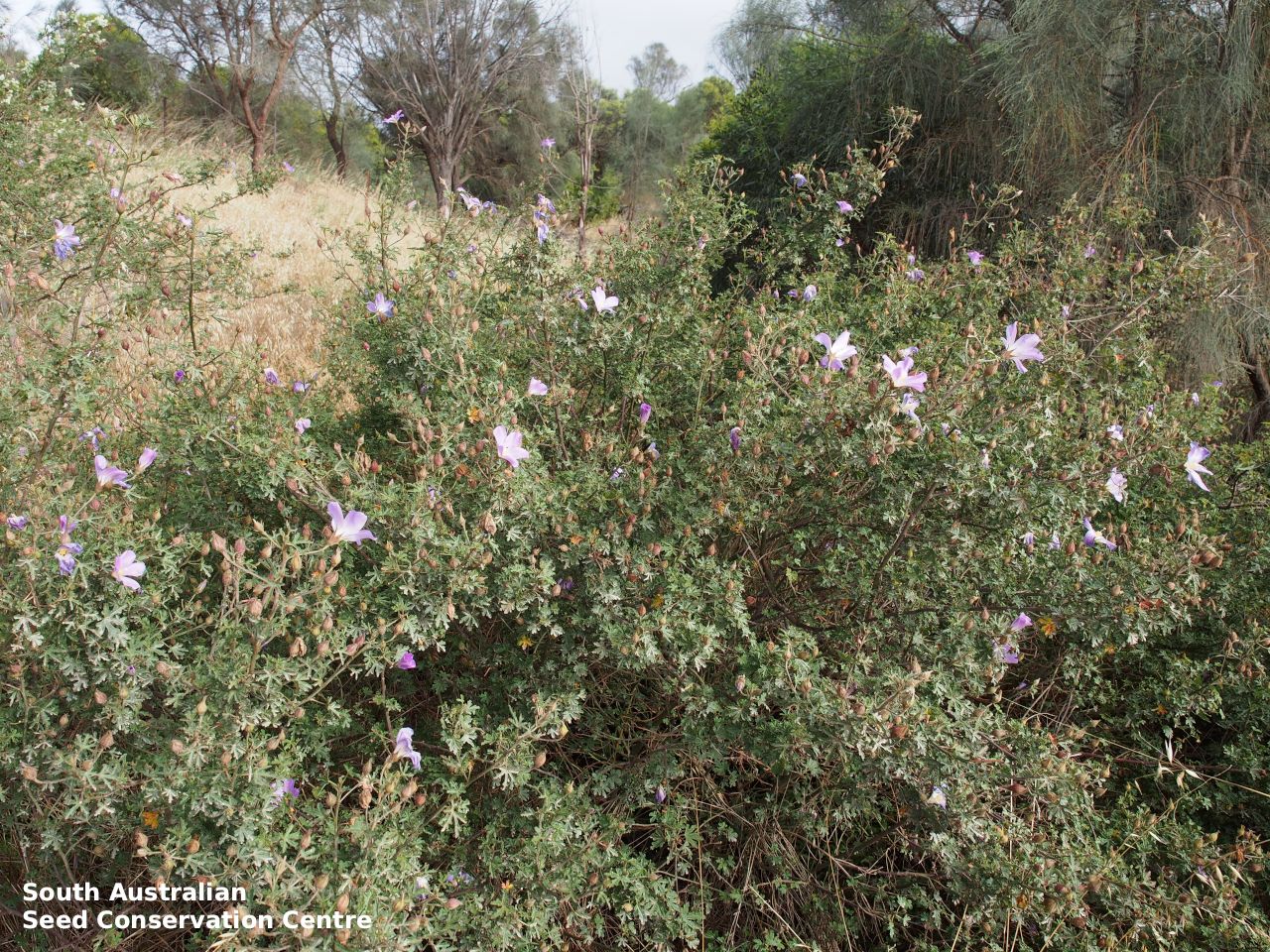
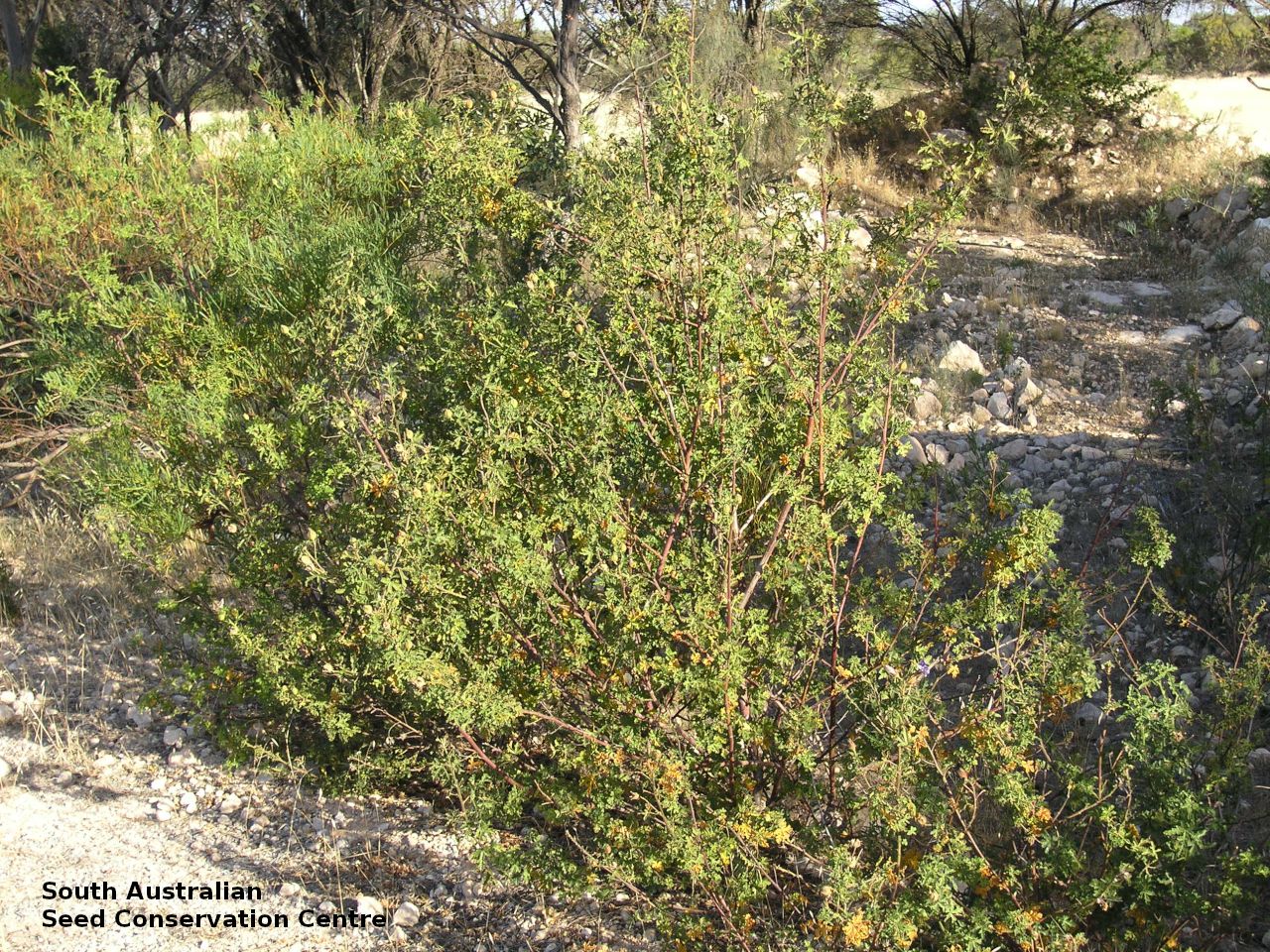
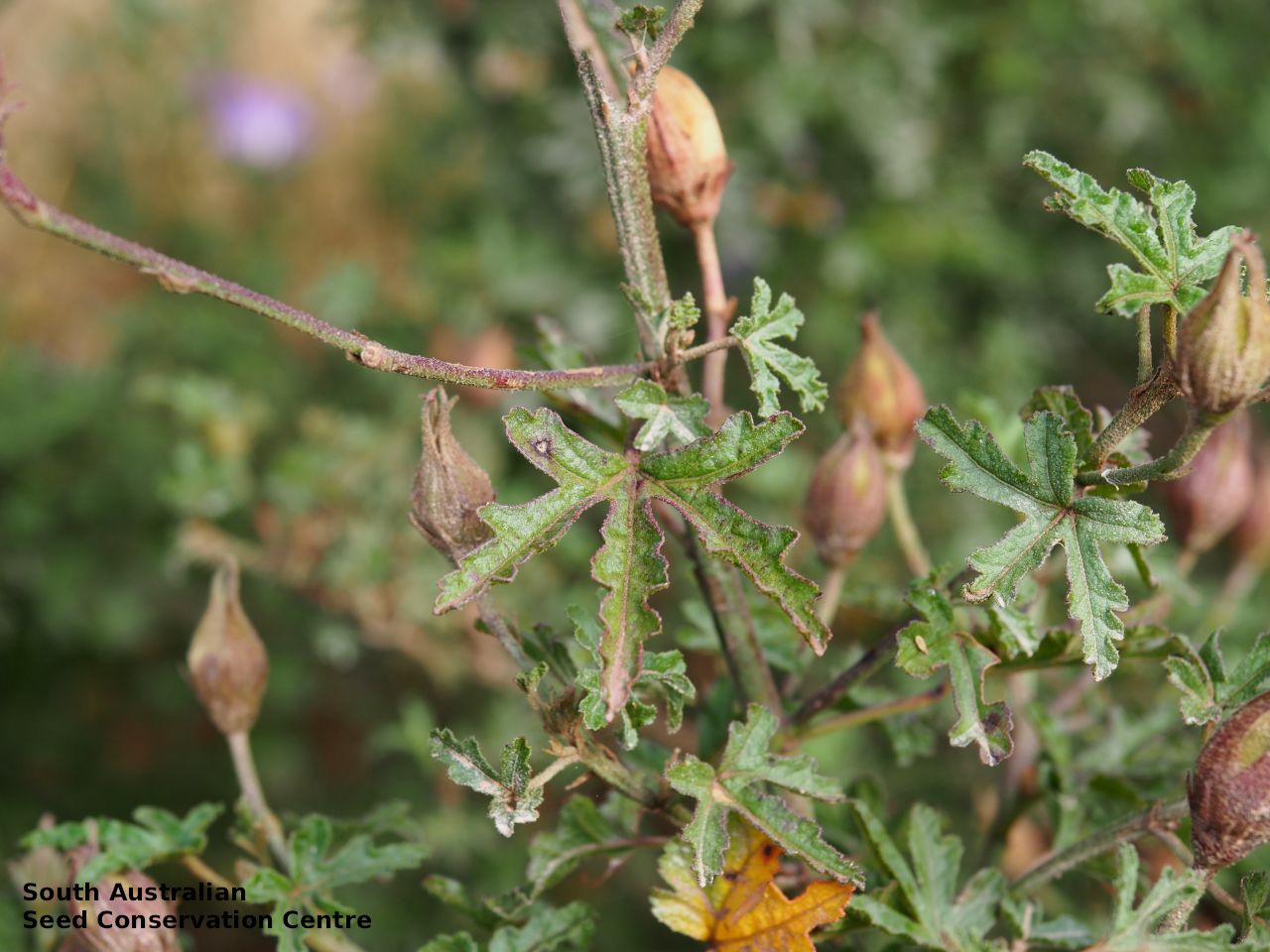
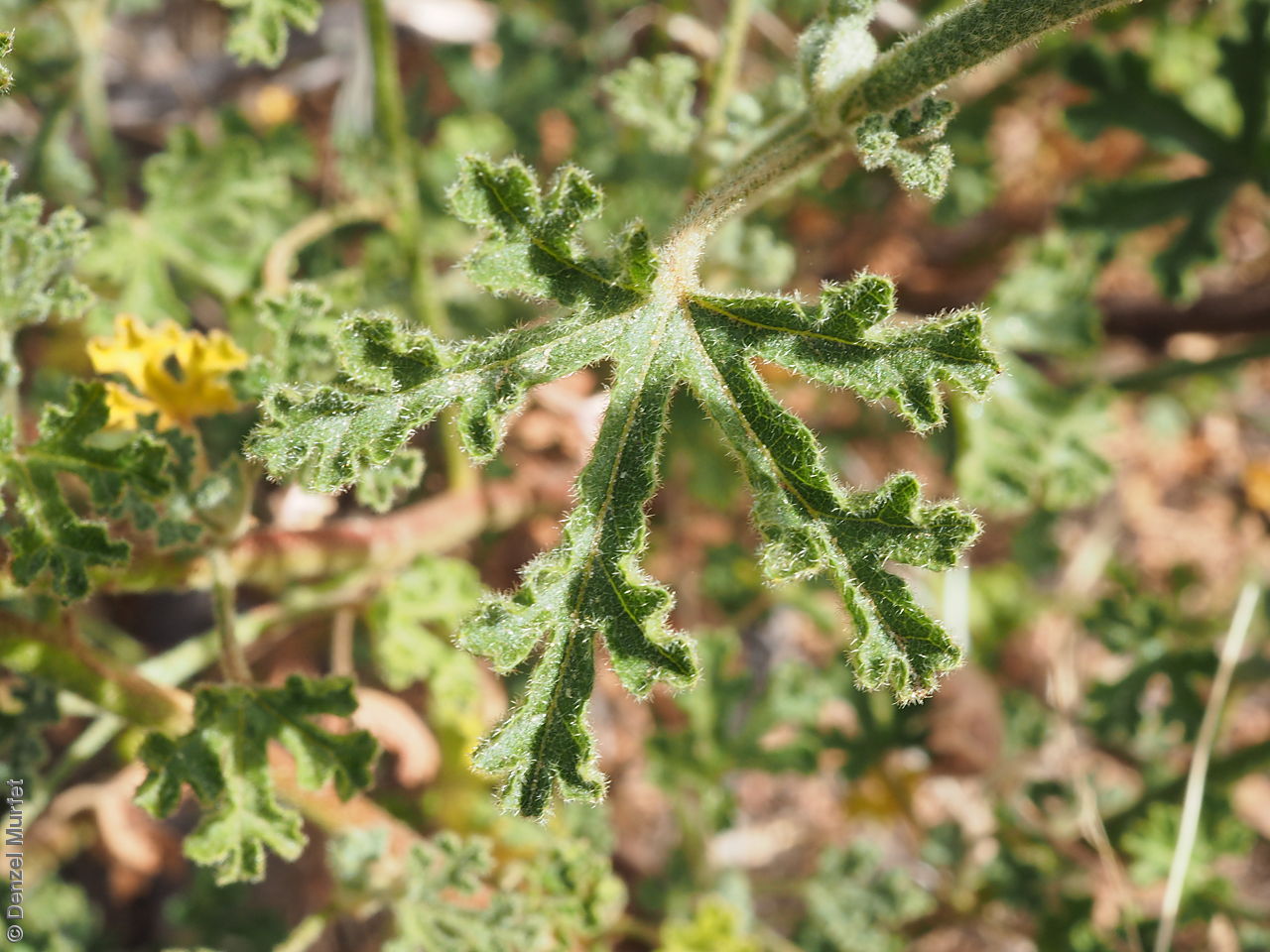
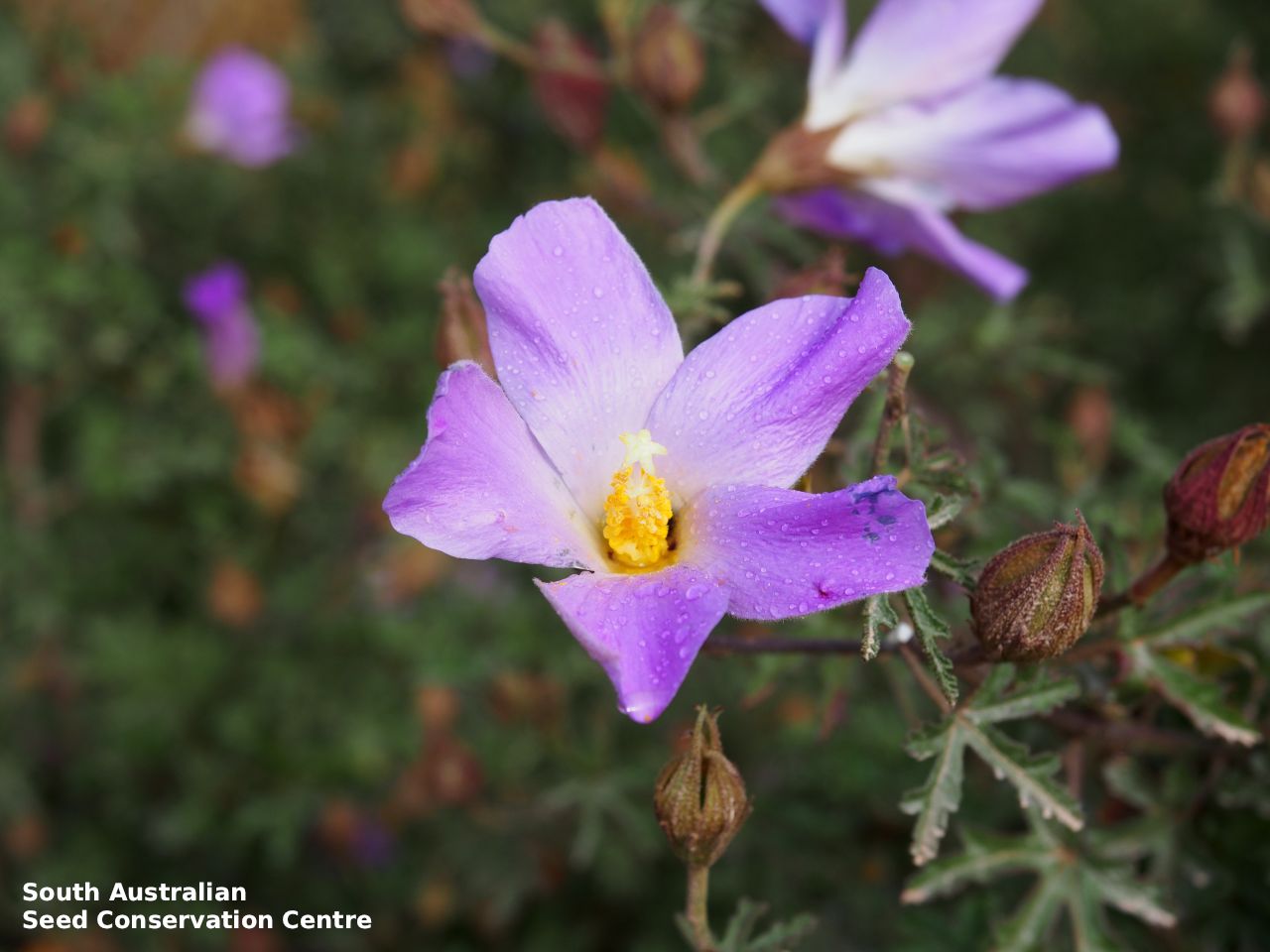
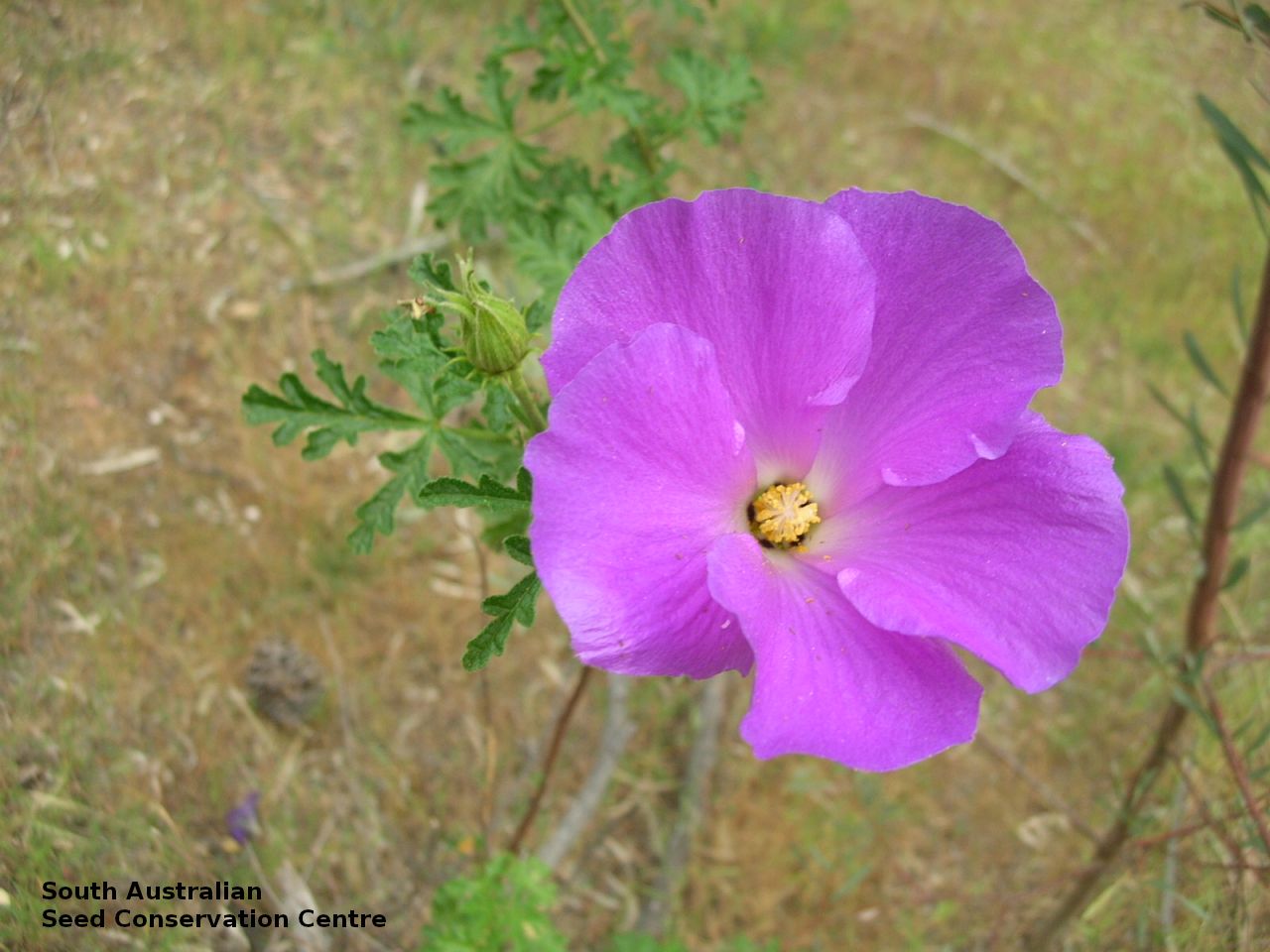
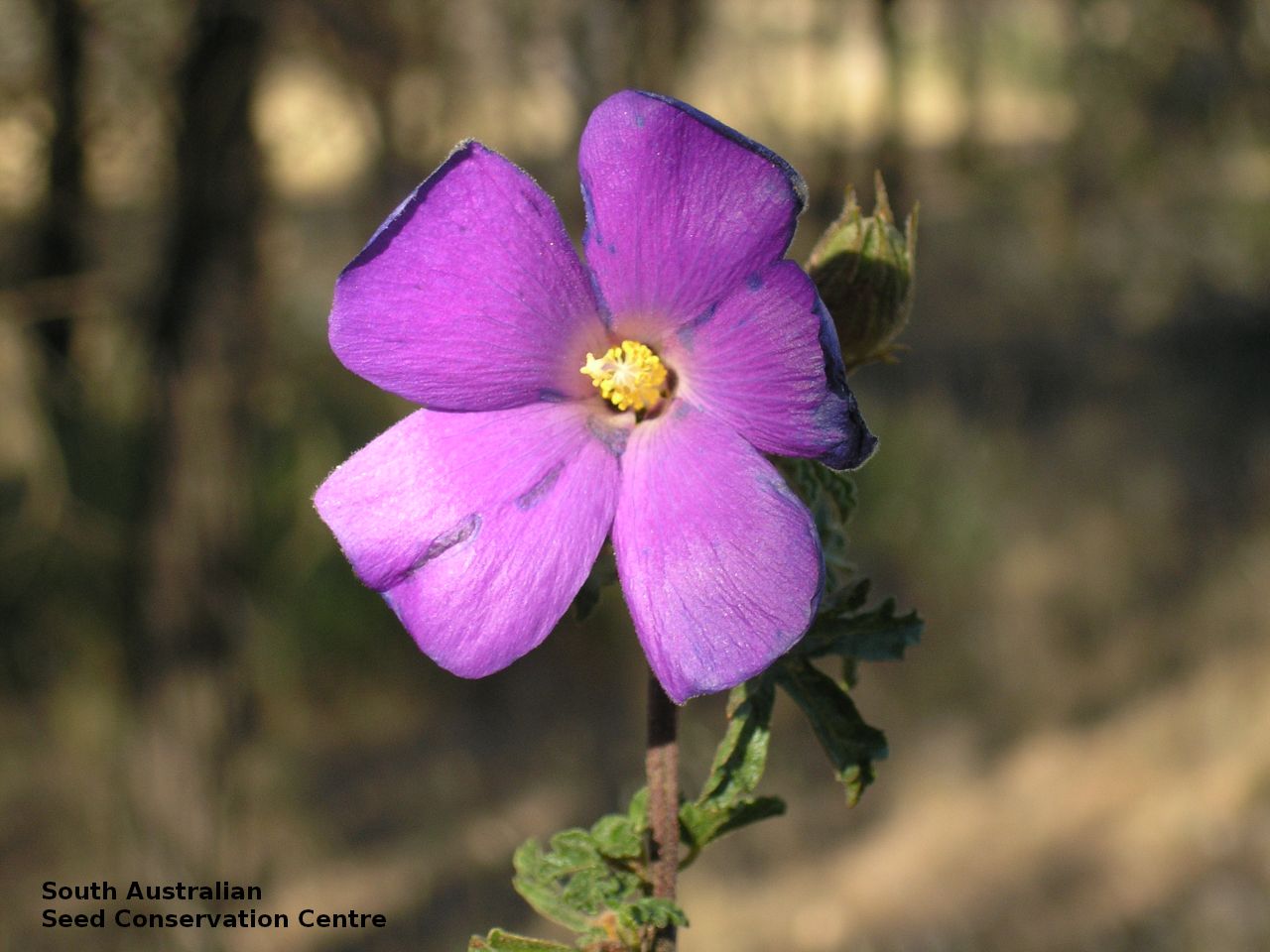

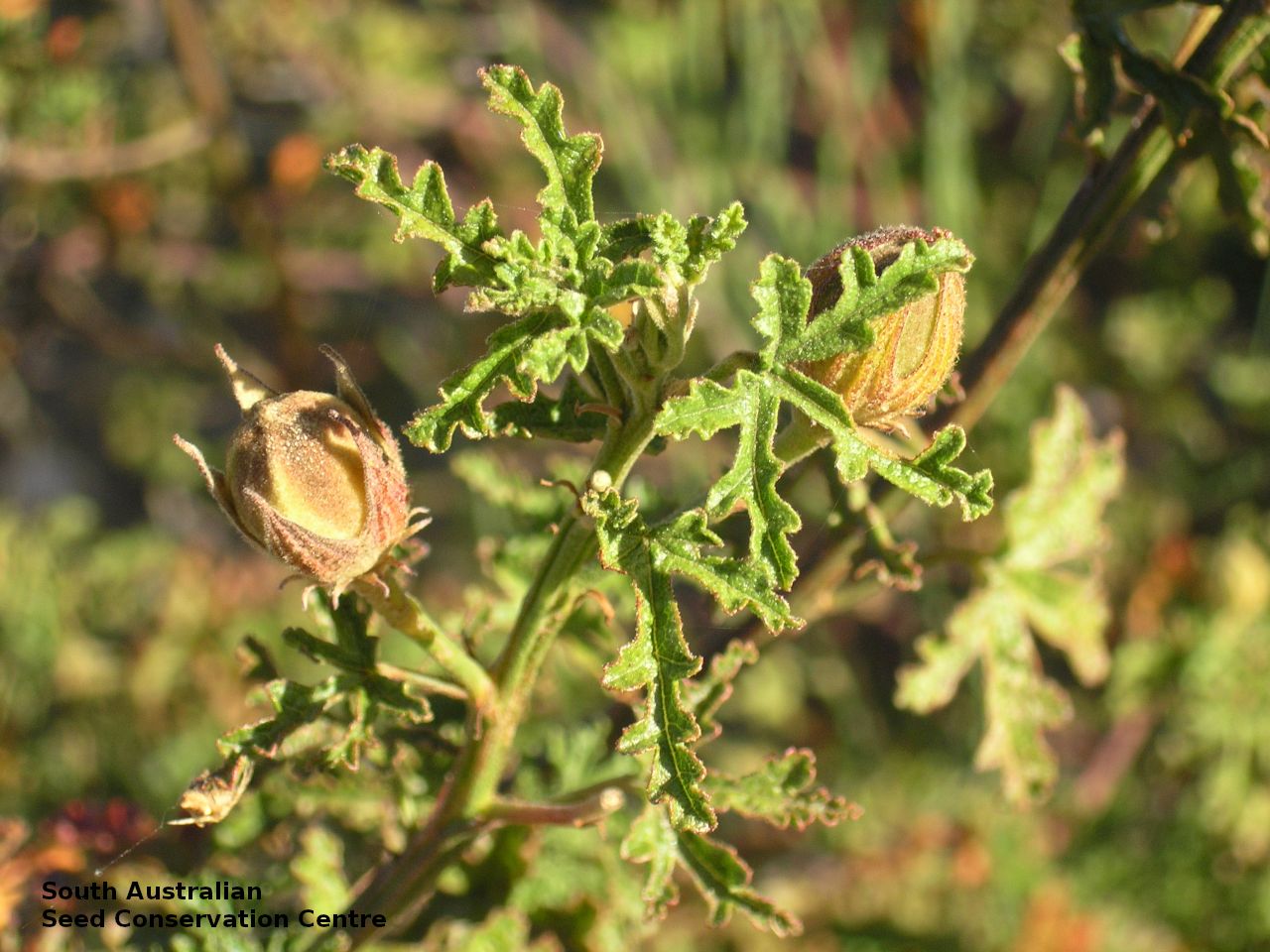
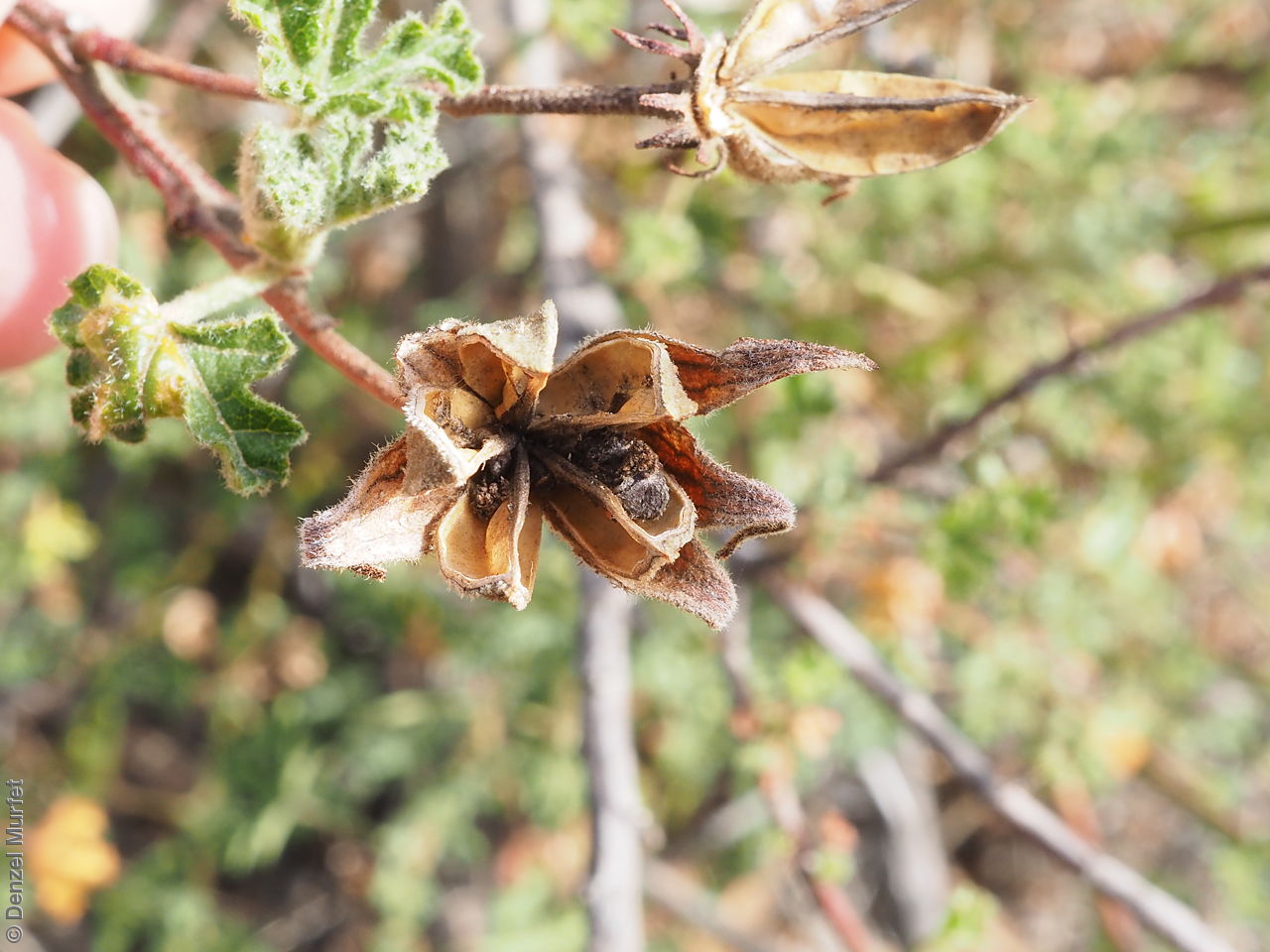
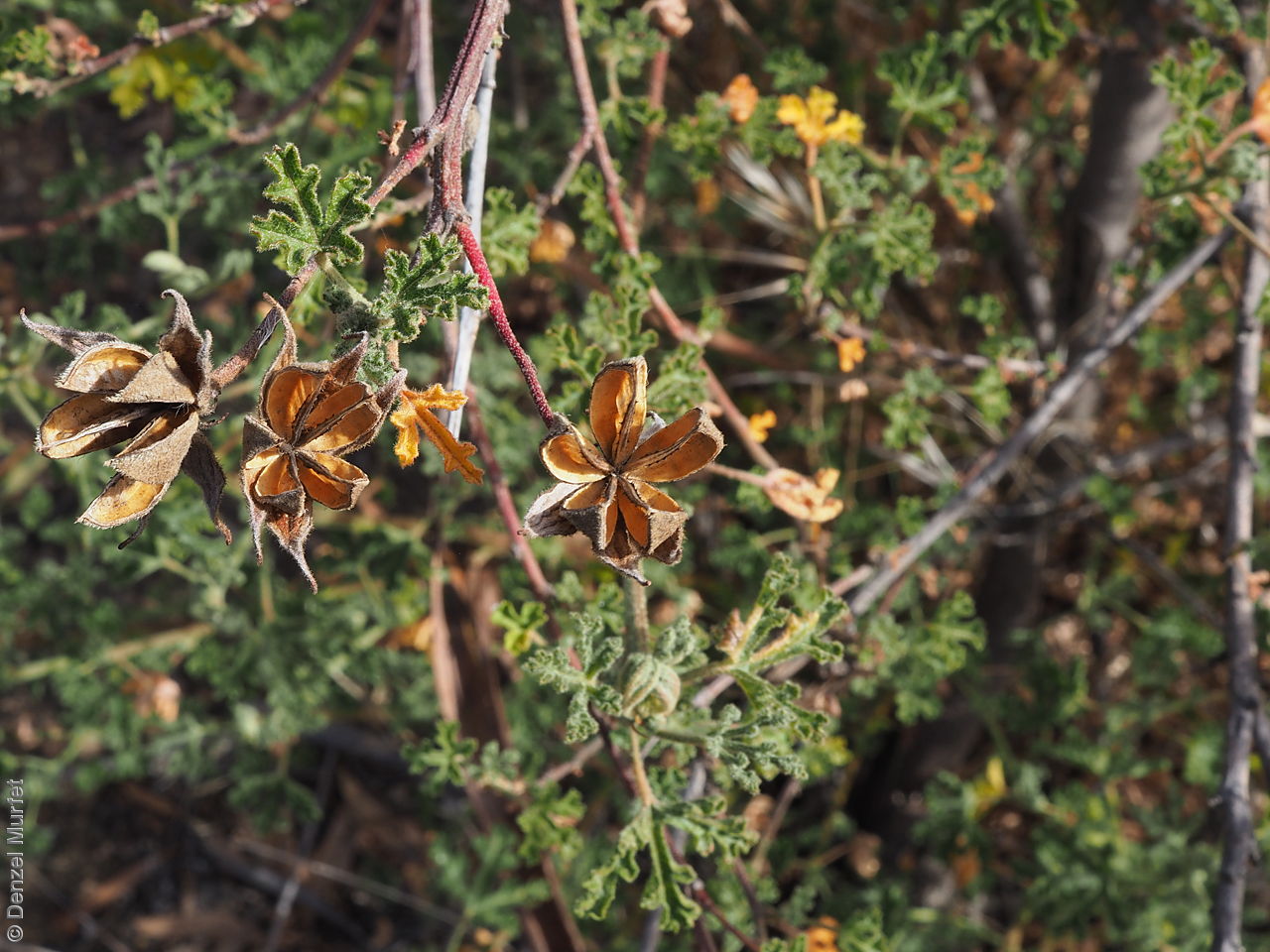
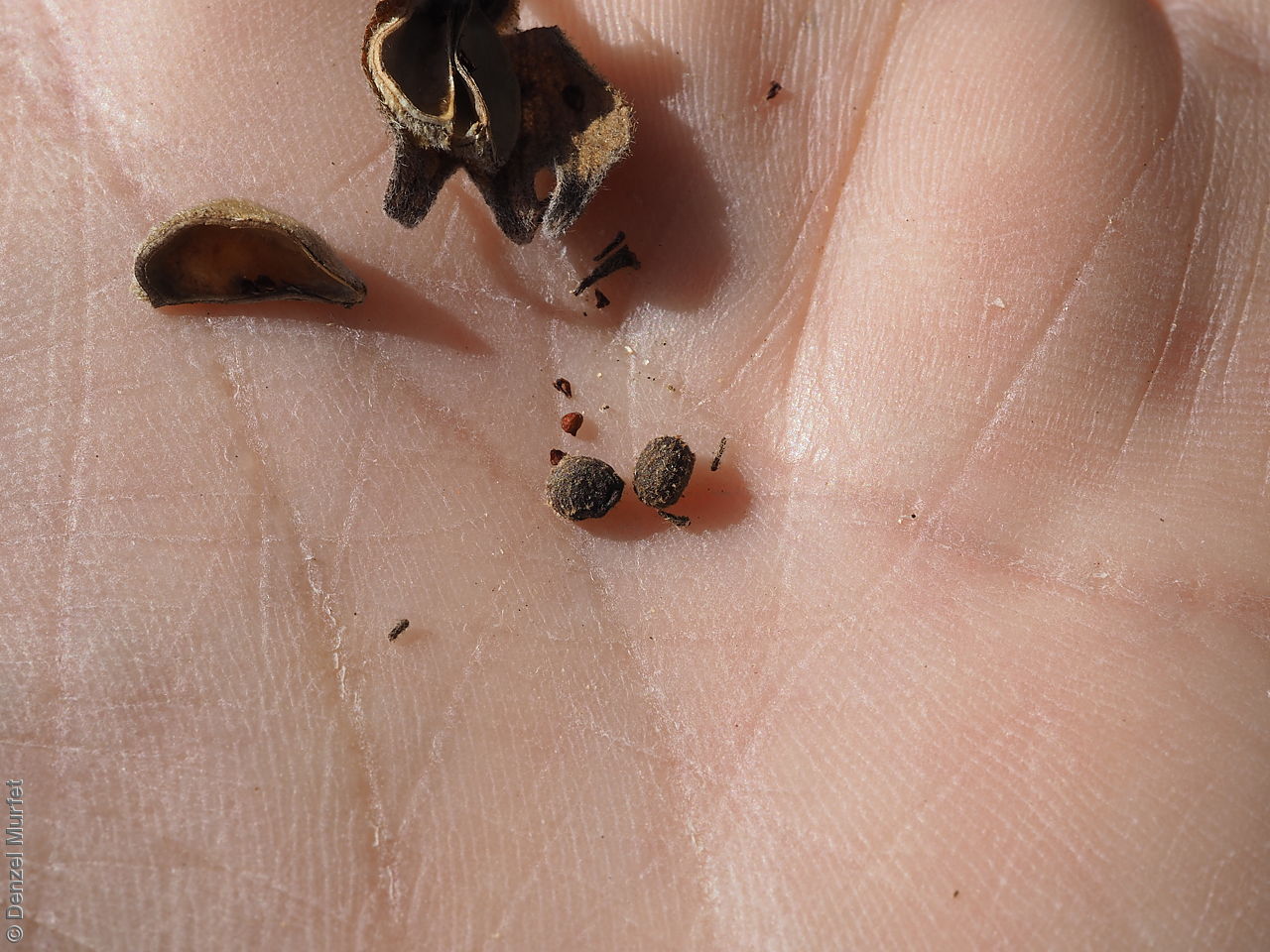
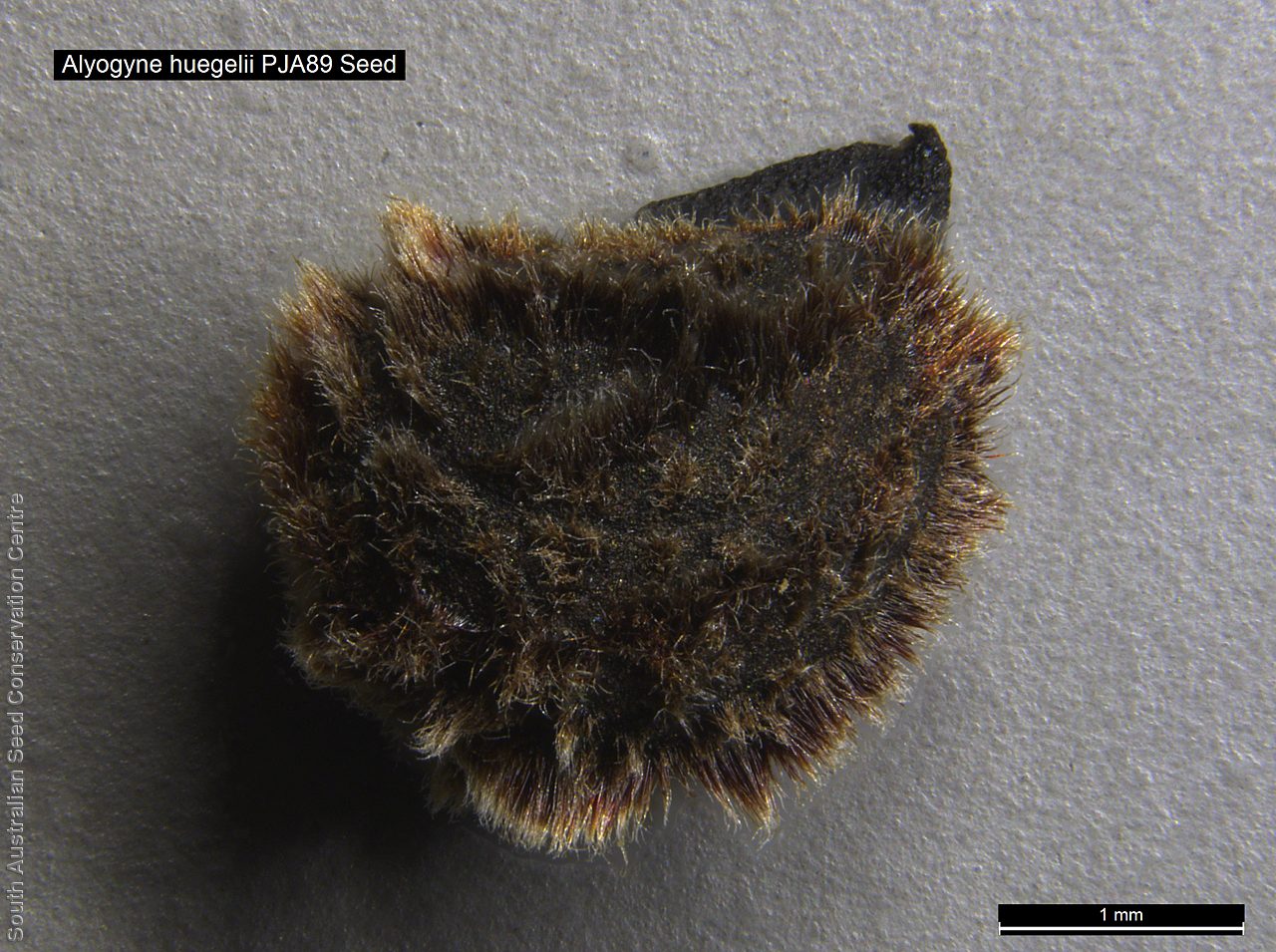
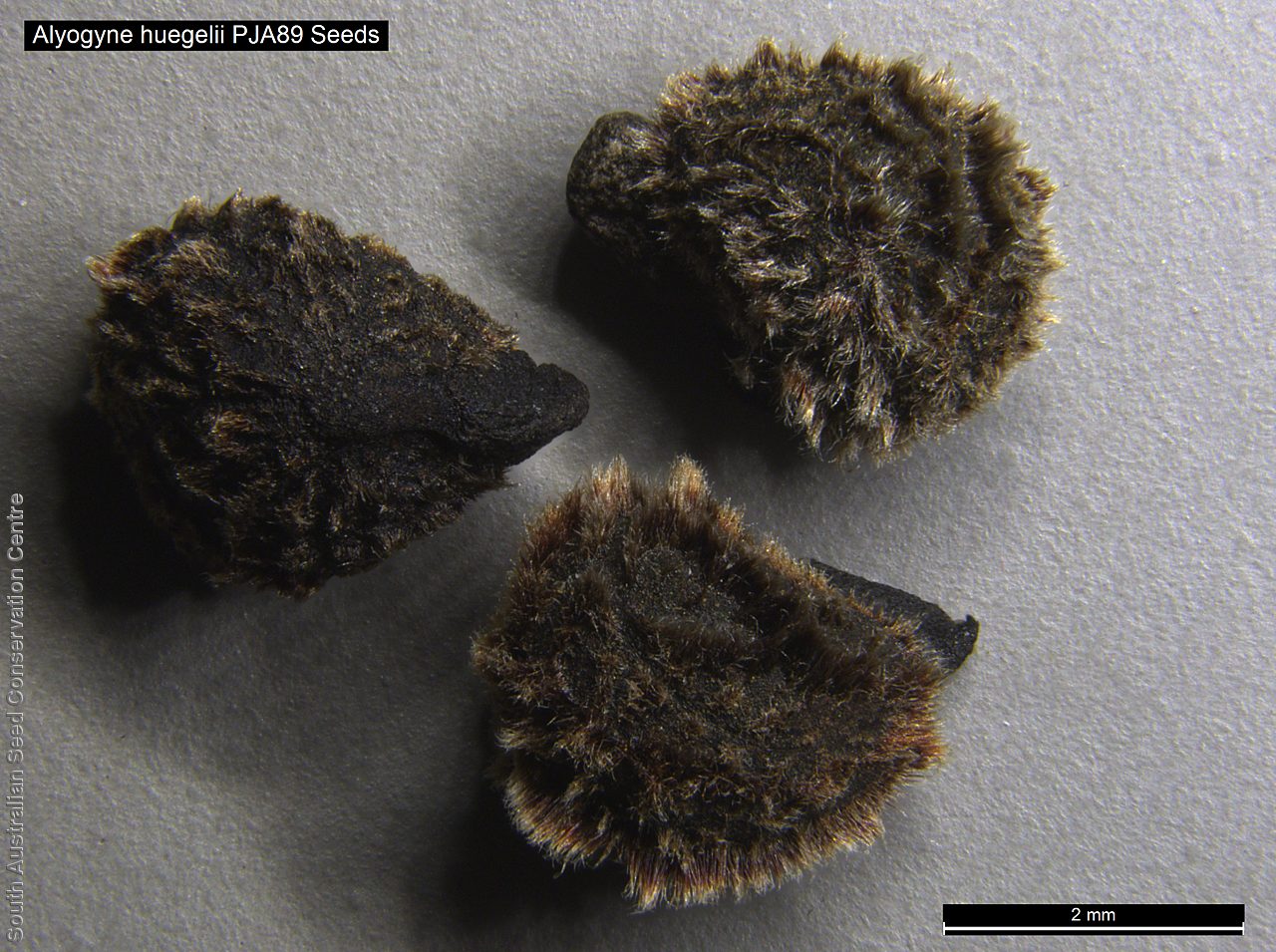


_ibra_896.png)
Botanical art
Prior names
Alyogyne huegelii, partly
Hibiscus wrayae, partly
Hibiscus huegelii var. wrayae
Hibiscus huegelii
Common names
Native Hibiscus
Lilac Hibiscus
Etymology
Alyogyne from the Greek 'alytos' meaning undivided and 'gyne' meaning woman, referring to the undivided style. Huegelii named after Baron Carl von Hugel (1795-1870), an Austrian traveller, plant collector and patron of horticulture. He collected plants in Western Australia in 1833 and also in the Philippines.
Distribution and status
Found mainly across the Eyre Peninsula and the Southern Flinders Ranges with an isolated collection from the northwest region; grows on a variety of soil types and habitats. Also found in Western Australia. Native. Common in South Australia. Common in Western Australia.
Herbarium regions: Flinders Ranges, Eyre Peninsula, Northern Lofty, Yorke Peninsula
NRM regions: Alinytjara Wilurara, Eyre Peninsula, Northern and Yorke, South Australian Arid Lands
AVH map: SA distribution map (external link)
Plant description
Erect perennial shrub to 2 m tall, with 3-5 deeply lobed hand-liked leaves covered in hairs. Inflorescence large solitary white, cream, red, blue or purple flower. Flowering between June and January. Fruits are hairy brown papery ovoid capsule containing a few seeds. Seeds are segmented brown seed to 4 mm long and covered in short brown hairs. Seed embryo type is folded.
Seed collection and propagation
Collect seeds between October and February. Collect capsules that are drying off and starting to turn brown. The seed inside should be brown and hard. Place the capsules into a tray and leave to dry for a week. Then rub the capsules by hand to dislodge the seeds. Use a sieve to separate the unwanted material. Store the seeds with a desiccant such as dried silica beads or dry rice, in an air tight container in a cool and dry place. From two collections, the seed viability was average to high, ranging from 60% to 85%. This species has physical dormancy that needs to be overcome for the seed to germinate (e.g. nicking or softening the seed coat).
| Location | No. of seeds (weight grams) | Number of plants | Date collected | Collection number Collection location | Date stored | % Viability | Storage temperature |
|---|---|---|---|---|---|---|---|
| BGA MSB | 6,000 (36 g) 6,000 (36 g) | 50 | 7-Dec-2004 | DJD68 Eyre Peninsula | 28-Mar-2006 | 60% | -18°C |
| BGA | 9,900 (59.91 g) | 70 | 23-Nov-2004 | PJA89 Eyre Peninsula | 28-Mar-2006 | 85% | -18°C |
Number of plants: This is the number of plants from which the seeds were collected.
Collection location: The Herbarium of South Australia's region name.
% Viability: Percentage of filled healthy seeds determined by a cut test or x-ray.